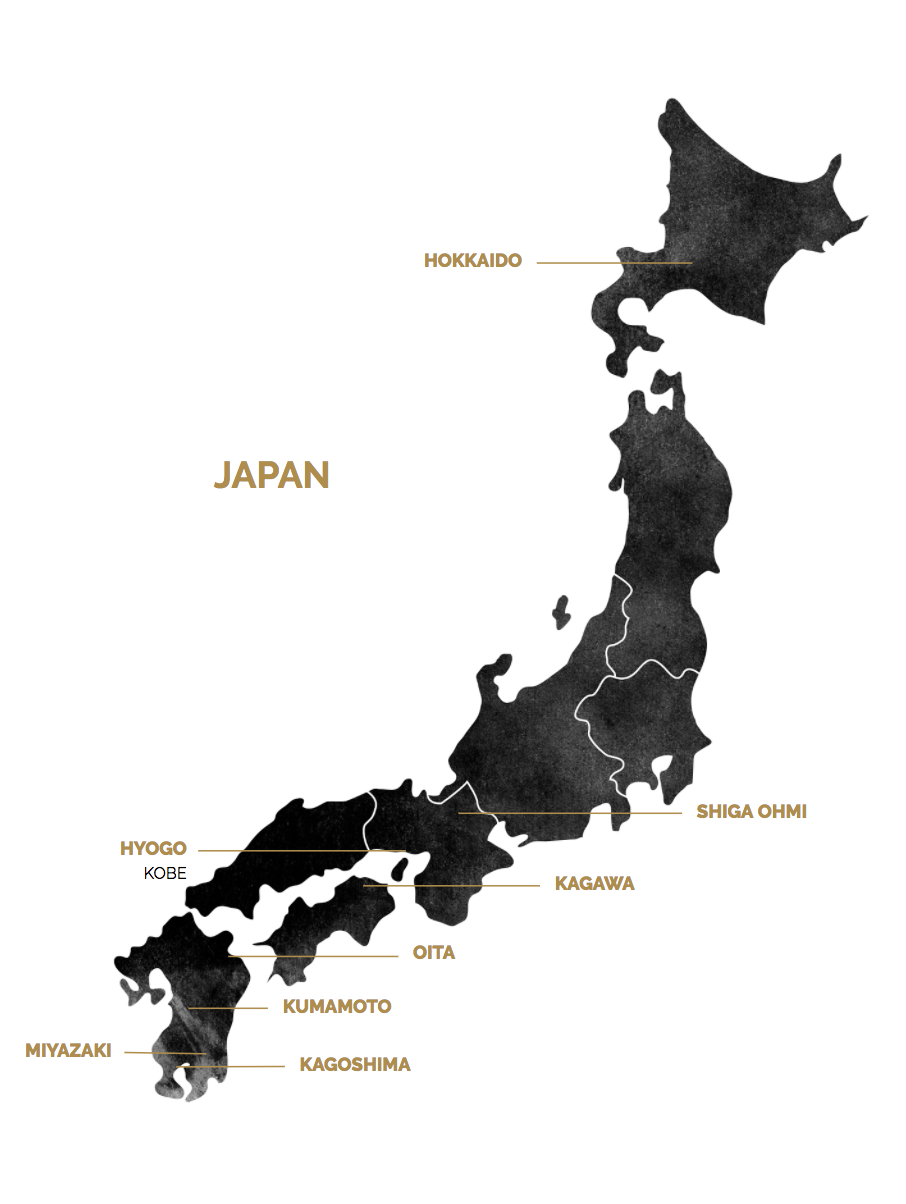History
For over two thousands years, Japanese cattle, wagyu, have been considered family members to the Japanese.
During this time, wagyu cows were primarily used as working animals assisting in mines, factories, transportation, and rice fields while religious and economic reasons made it illegal to eat cattle. Only in seldom occasions, like wartime, would the Japanese grill wagyu over charcoal on a hot field plow, also known as “plowshare” (sukiyaki).
To keep the cattle in optimal physical condition, farmers covered the floor with sawdust to keep the cows warm, brushed the animals to improve blood circulation and preserve their coat, and fed them a variety of barley, corn, and grains to help them gain strength, fat, and energy.
In 1867, during the Meij Restoration, the Japanese opened their doors to international trading and lifted the ban on the consumption of wagyu. The Japanese continued their traditional care of wagyu, but applied their attention to detail and mastery of their craft into their ability to raise the highest quality and sought after cattle on earth.



